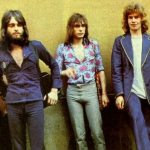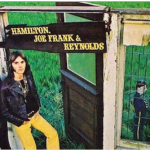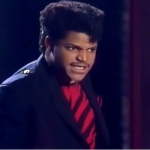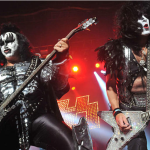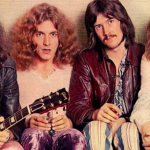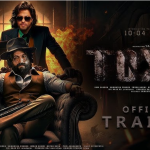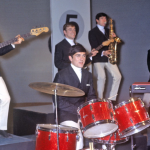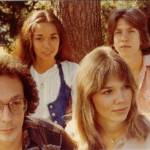Roland and Curt Interviewed – Tears for Fears

Roland and Curt Interviewed: Insights into Tears for Fears’ Legacy and Evolution
The British rock band Tears for Fears, formed by Roland Orzabal and Curt Smith, achieved international acclaim in the 1980s with their distinctive sound and thought-provoking lyrics. Their innovative approach to music, combining new wave, rock, and synth-pop, earned them a prominent place in the music industry. Interviews with Roland and Curt provide valuable insights into their creative process, the band’s evolution, and their enduring impact on popular music.
In interviews, Roland Orzabal and Curt Smith often reflect on the formative years of Tears for Fears and the creative energy that drove their success. Their debut album, The Hurting (1983), was a commercial and critical success, with tracks like “Mad World” and “Pale Shelter” exploring themes of psychological anguish and social commentary. The album’s introspective lyrics and innovative use of synthesizers set a new standard in the genre, blending emotional depth with cutting-edge production.

The band’s follow-up album, Songs from the Big Chair (1985), marked a significant evolution in their sound. With hits like “Shout” and “Everybody Wants to Rule the World”, Tears for Fears embraced a more anthemic and expansive style. Interviews with Orzabal and Smith often highlight the creative experimentation that defined this era, as well as the challenges they faced in balancing commercial success with artistic integrity. The album’s exploration of power dynamics and personal empowerment resonated with a wide audience, solidifying the band’s place in music history.

The interviews also shed light on the band’s dynamic and the impact of their split in the early 1990s. After releasing The Seeds of Love (1989), a critically acclaimed but commercially less successful album, Orzabal and Smith parted ways. The separation was marked by personal and professional challenges, as both members pursued solo careers. Their candid discussions about this period reveal the complexities of their relationship and the difficulties of maintaining a partnership in the face of evolving artistic visions and external pressures.

Despite their split, Tears for Fears reunited in the early 2000s, leading to the release of Everybody Loves a Happy Ending (2004) and subsequent tours. Interviews from this period often focus on the renewed sense of camaraderie between Orzabal and Smith and their reflections on their legacy. The reunion was marked by a sense of reconciliation and a shared commitment to their music, leading to a renewed appreciation for their contributions to the genre.
In more recent interviews, Roland and Curt discuss their continued relevance in the music industry and their approach to new material. They emphasize their desire to stay true to their artistic roots while embracing new influences and technologies. Their discussions offer valuable insights into the band’s ongoing creative process and their efforts to connect with both longtime fans and new audiences.

In conclusion, interviews with Roland Orzabal and Curt Smith provide a rich perspective on the evolution of Tears for Fears, their creative journey, and their impact on the music industry. Through their reflections on past successes, personal challenges, and ongoing artistic endeavors, Orzabal and Smith offer a compelling narrative of a band that has remained influential and relevant for decades. Their insights reveal the depth and complexity of their music, as well as their enduring commitment to exploring the human experience through song.

